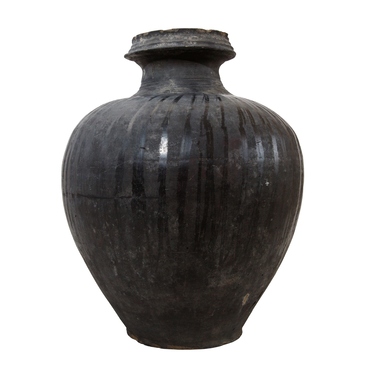The wedding ceremonies of the Mordovians, both the Erzyans and the Mokshans, were rather complicated. All the participants of the wedding had to prepare for this event for a long time. For example, the bride wept for several evenings bidding farewell to her native home, reproached her parents for “selling” her “into slavery”.
The marriage was traditionally considered a concern of the parents and relatives. Often when choosing a bride, the main attention was paid to the prosperity of her family, the diligence and health of the girl herself. The bride could be older than the groom.
Mordovian traditional weddings had several stages and a strict order. The cycle began with matchmaking, which was called “ladyama”. It was the time to agree on the costs of the feast and the amount of the dowry. The parents usually collected clothes for their daughter, as well as a young female individual from each breed of cattle.
The bride herself had to prepare many gifts for the future family. An average Mordovian wedding required 10 to 20 embroidered female blouses, the same number of male shirts, as well as a large number of headdresses, towels, scarves and canvases. That was why girls started to prepare for the wedding a few years before the proposed matchmaking.
A maiden rite called the “maiden bath” was obligatory before the wedding. The bride unbraided her plaits, washed off her “free life” and came out of the bath with two braids. Thus, a married Mordovian woman could be recognized by her hair style.
On the eve of the wedding the women put the dowry in a wedding “eryamo par’ ” tub, which was one of the key moments of the wedding cycle. The par’ was supposed to ensure the bride a happy married life. At first the box was cleaned of “evil spirits” by circumambulating it with a lighted candle and an icon, and a pinch of salt was put in. Then money, bread, flatbread, and sometimes dishes were placed on the bottom, so that “the chest would not be empty for the rest of their lives and the young couple would live rich”. In some villages a cup and a spoon were placed in the par’.
Then the box was filled with shirts and the purpose of each shirt was listed: “for reaping”, “for a holiday”, “for picking hemp”, and so on. When the wedding train arrived at the bride’s house, her relatives would lock the gates and demand a ransom, mocking or praising the visitors. They carried the girl in their arms out of the house and placed in a cart. From the bride’s house the wedding train went to the church, and from there to the home of the groom’s parents. A pan of coal was placed at the bride’s feet and her head was sprinkled with hops. At that they said:
The marriage was traditionally considered a concern of the parents and relatives. Often when choosing a bride, the main attention was paid to the prosperity of her family, the diligence and health of the girl herself. The bride could be older than the groom.
Mordovian traditional weddings had several stages and a strict order. The cycle began with matchmaking, which was called “ladyama”. It was the time to agree on the costs of the feast and the amount of the dowry. The parents usually collected clothes for their daughter, as well as a young female individual from each breed of cattle.
The bride herself had to prepare many gifts for the future family. An average Mordovian wedding required 10 to 20 embroidered female blouses, the same number of male shirts, as well as a large number of headdresses, towels, scarves and canvases. That was why girls started to prepare for the wedding a few years before the proposed matchmaking.
A maiden rite called the “maiden bath” was obligatory before the wedding. The bride unbraided her plaits, washed off her “free life” and came out of the bath with two braids. Thus, a married Mordovian woman could be recognized by her hair style.
On the eve of the wedding the women put the dowry in a wedding “eryamo par’ ” tub, which was one of the key moments of the wedding cycle. The par’ was supposed to ensure the bride a happy married life. At first the box was cleaned of “evil spirits” by circumambulating it with a lighted candle and an icon, and a pinch of salt was put in. Then money, bread, flatbread, and sometimes dishes were placed on the bottom, so that “the chest would not be empty for the rest of their lives and the young couple would live rich”. In some villages a cup and a spoon were placed in the par’.
Then the box was filled with shirts and the purpose of each shirt was listed: “for reaping”, “for a holiday”, “for picking hemp”, and so on. When the wedding train arrived at the bride’s house, her relatives would lock the gates and demand a ransom, mocking or praising the visitors. They carried the girl in their arms out of the house and placed in a cart. From the bride’s house the wedding train went to the church, and from there to the home of the groom’s parents. A pan of coal was placed at the bride’s feet and her head was sprinkled with hops. At that they said:



